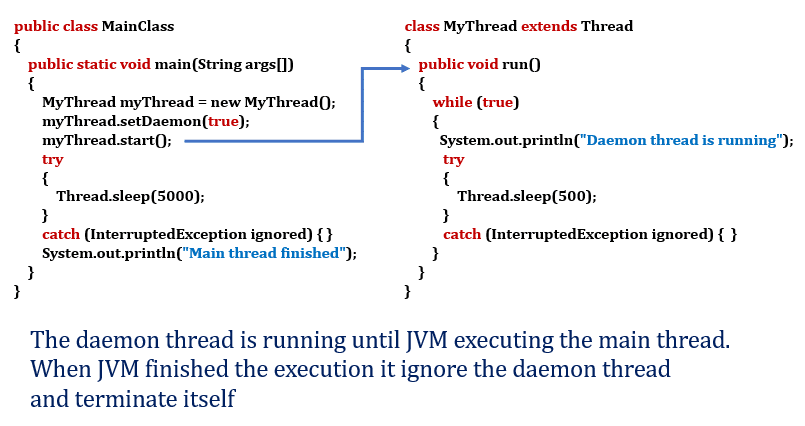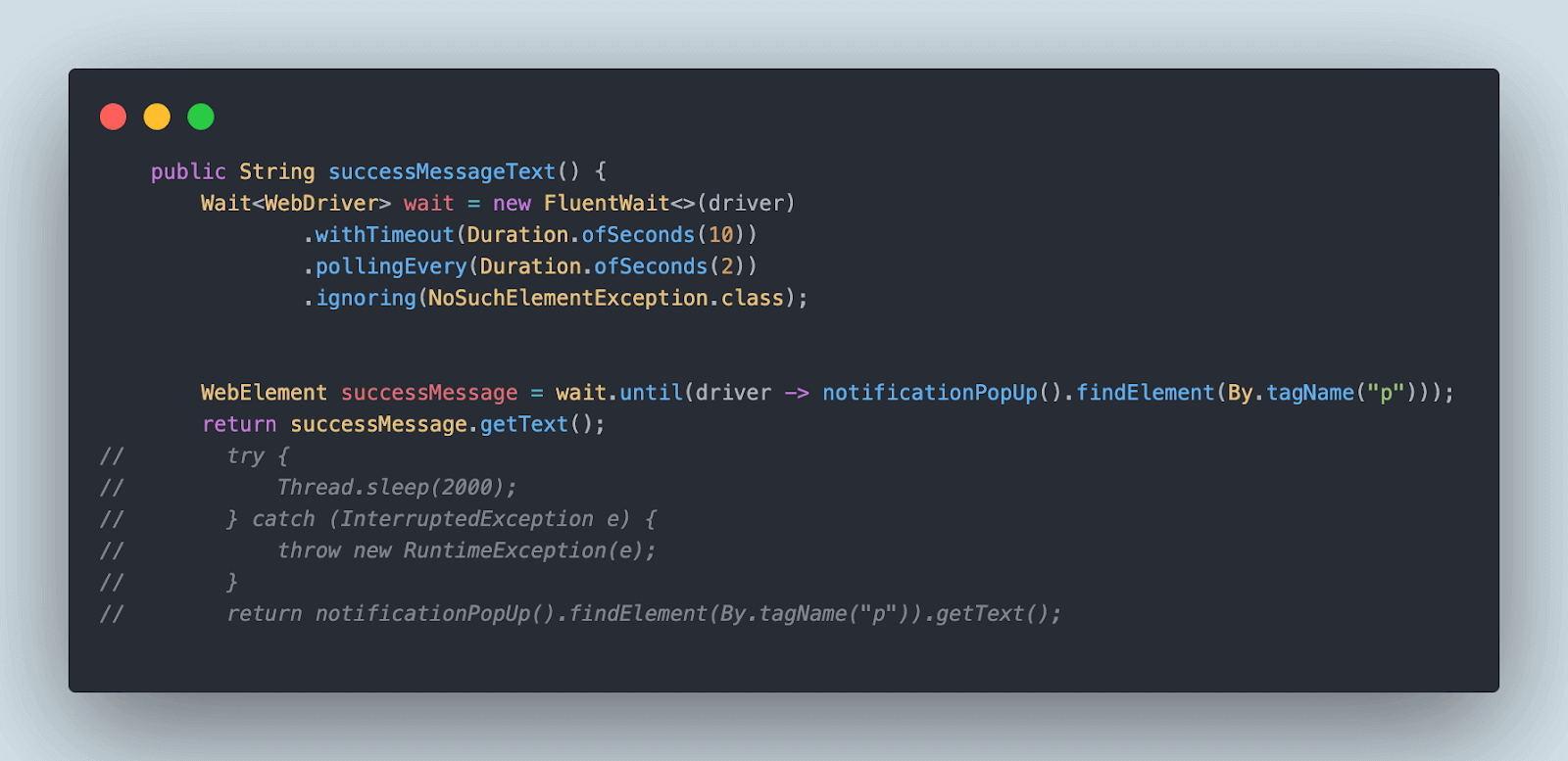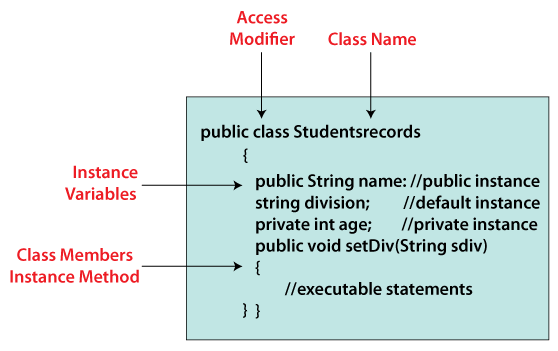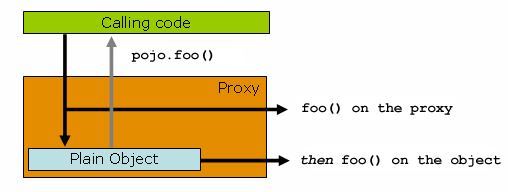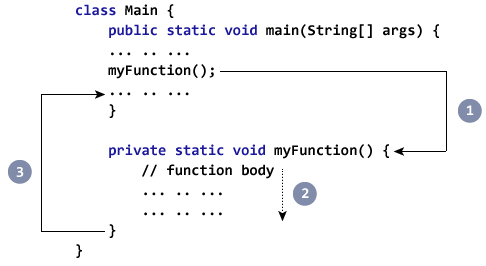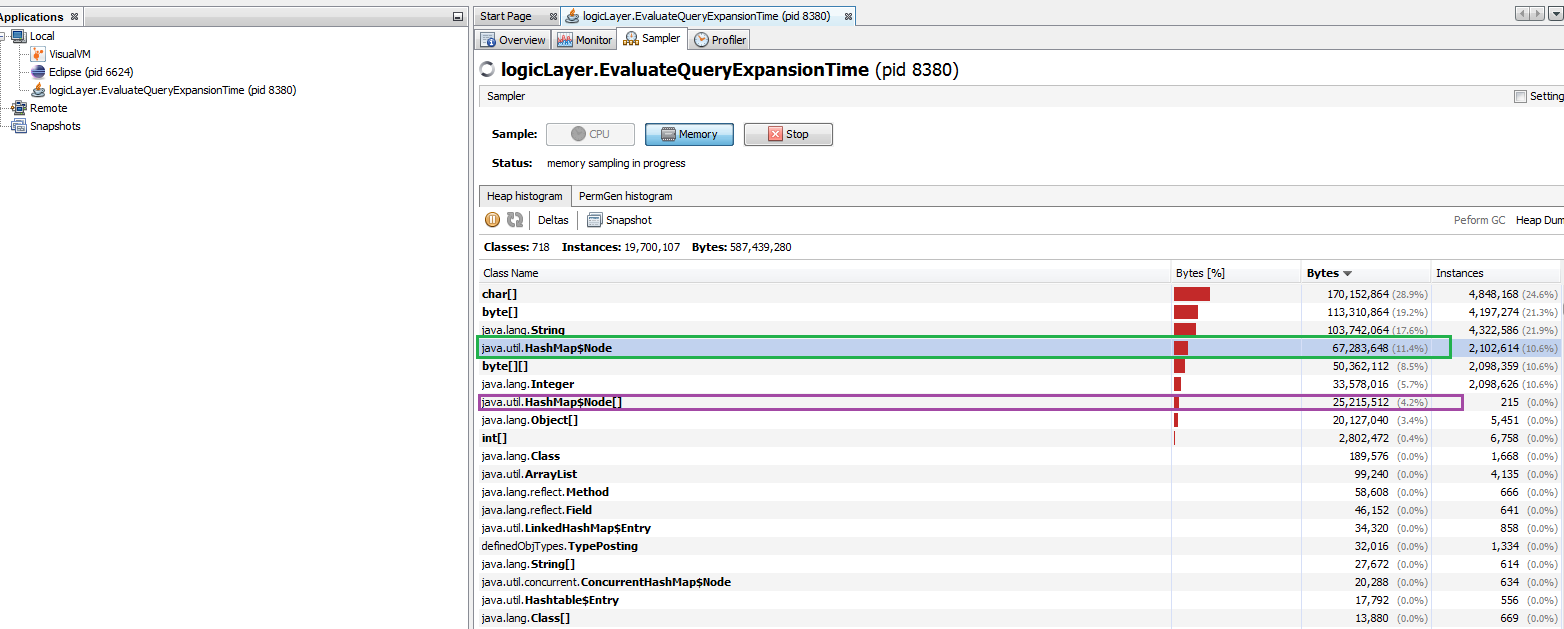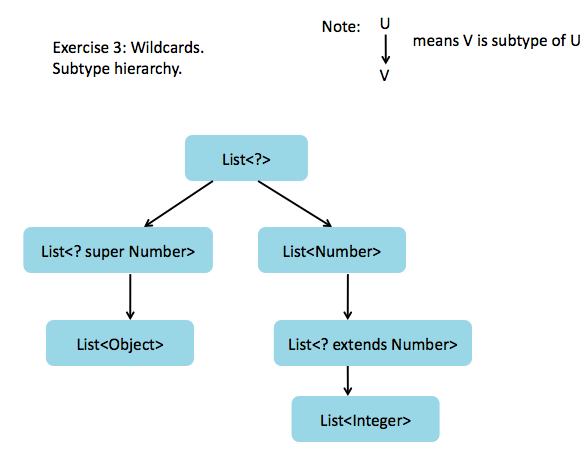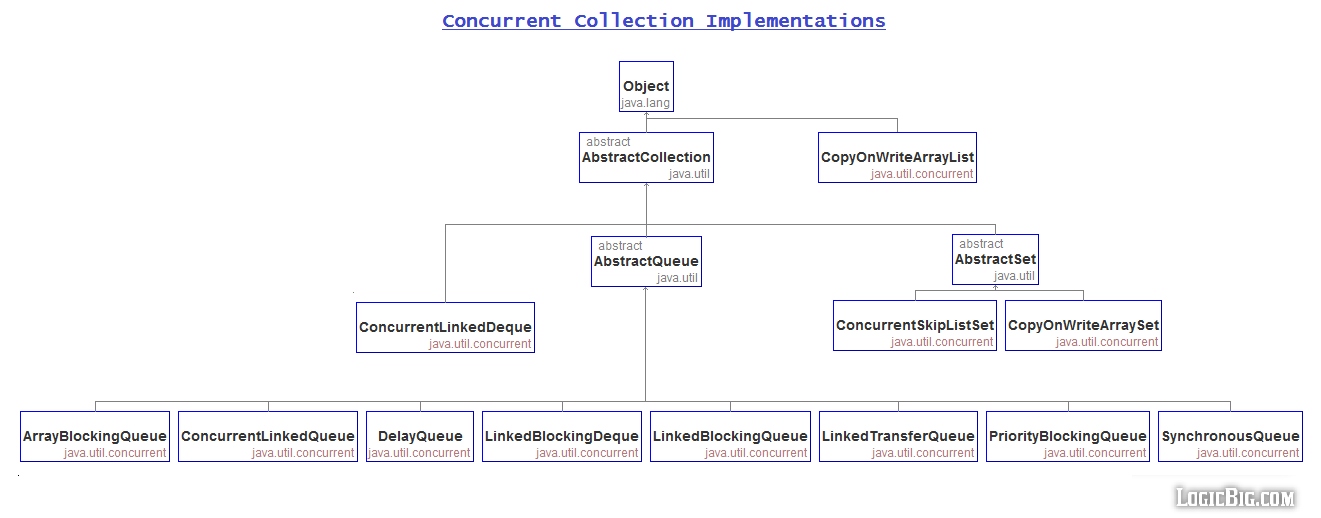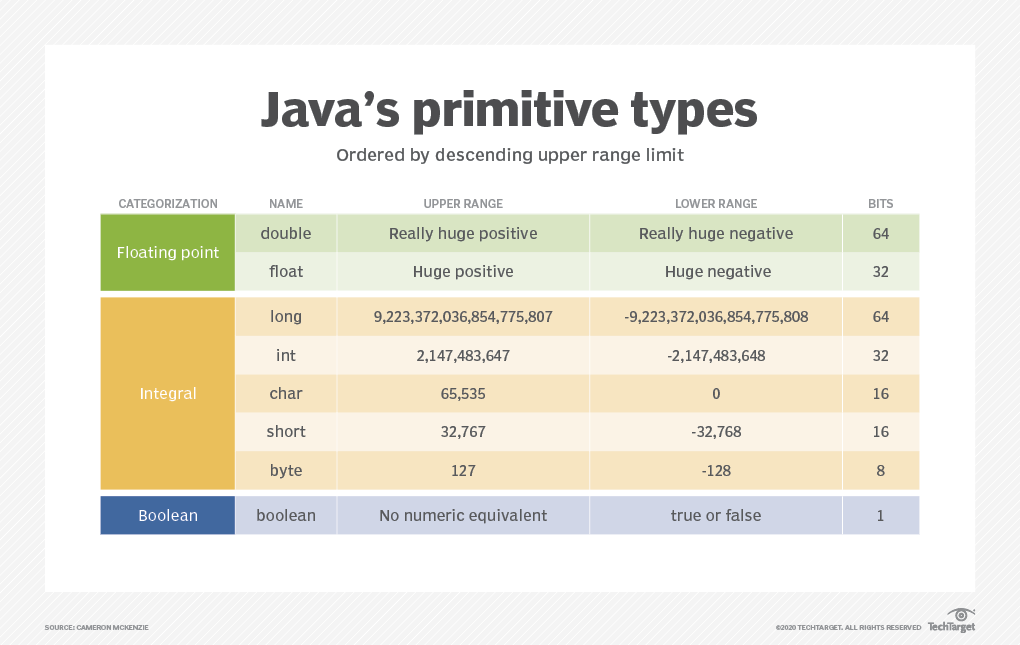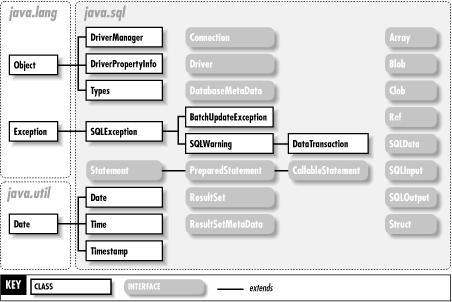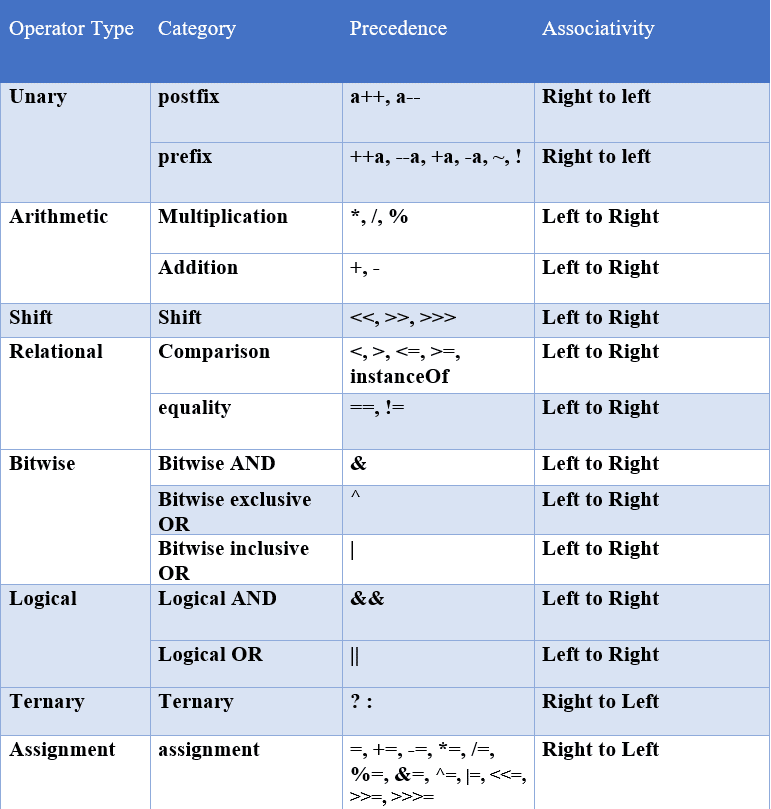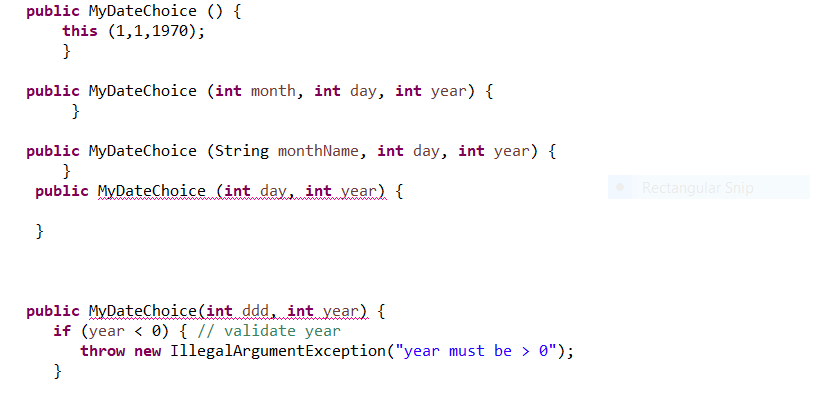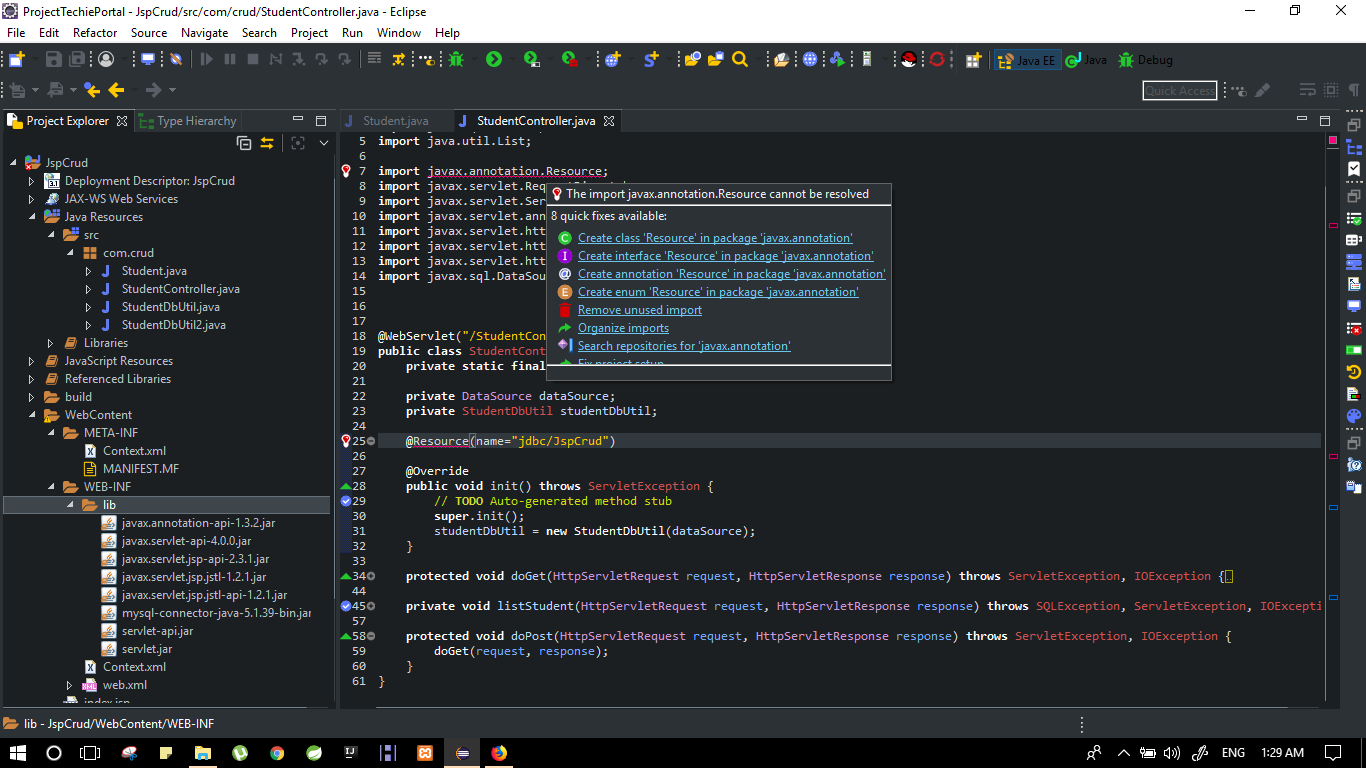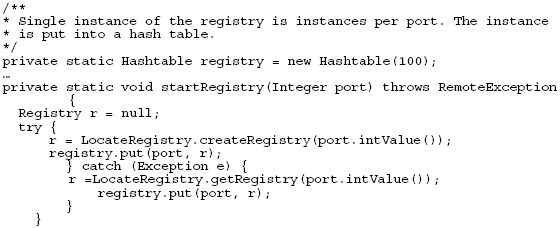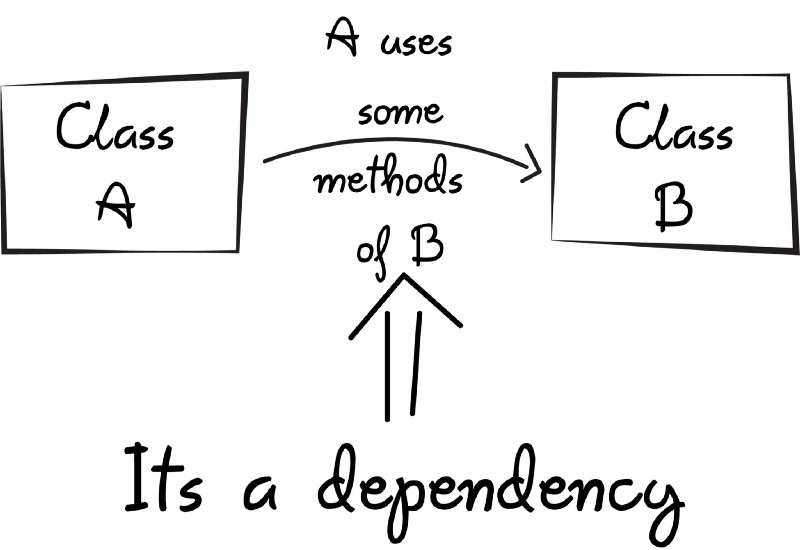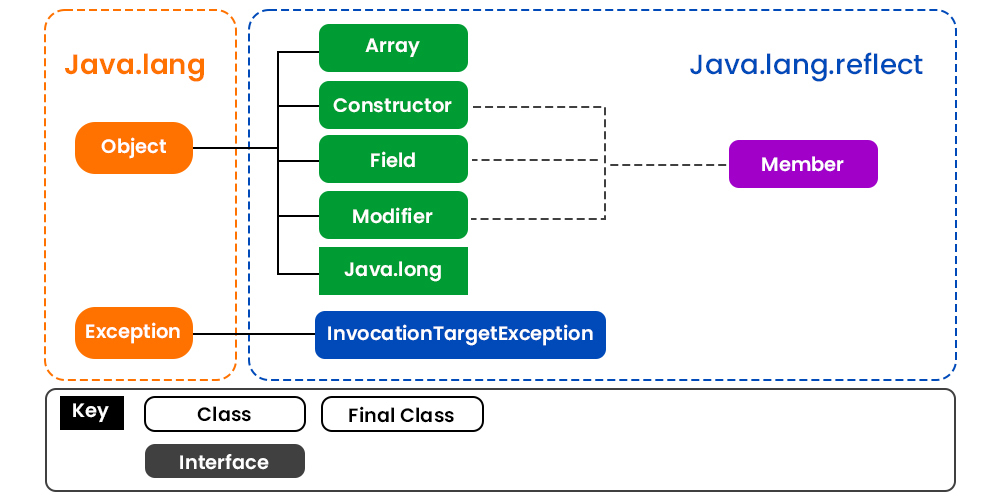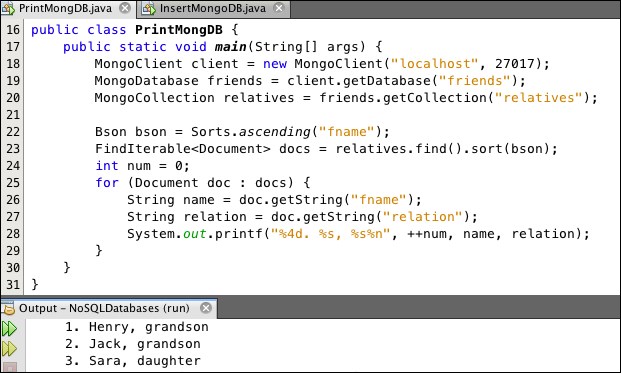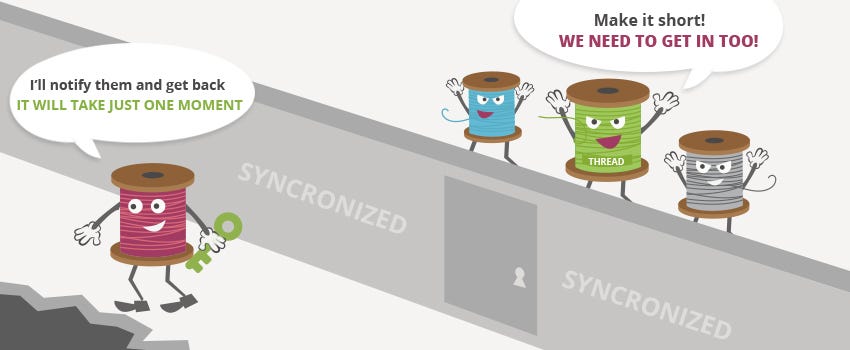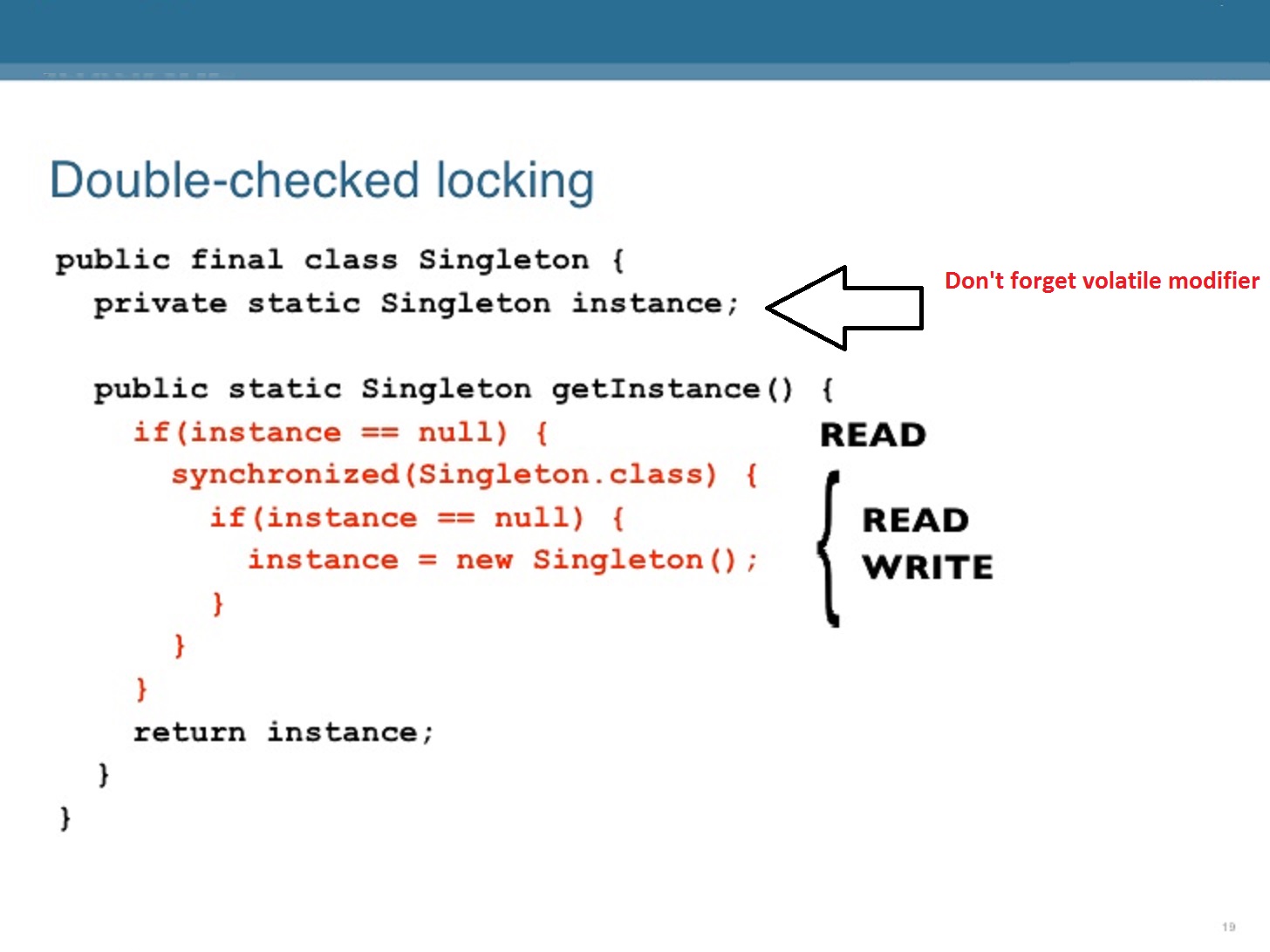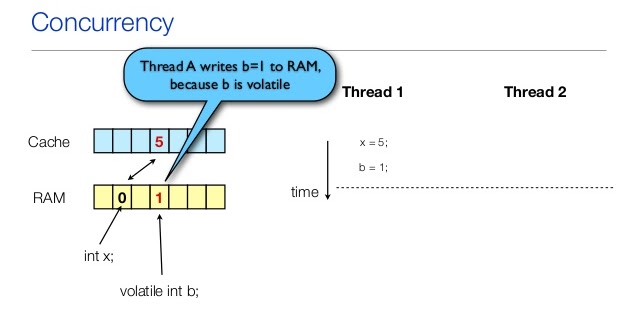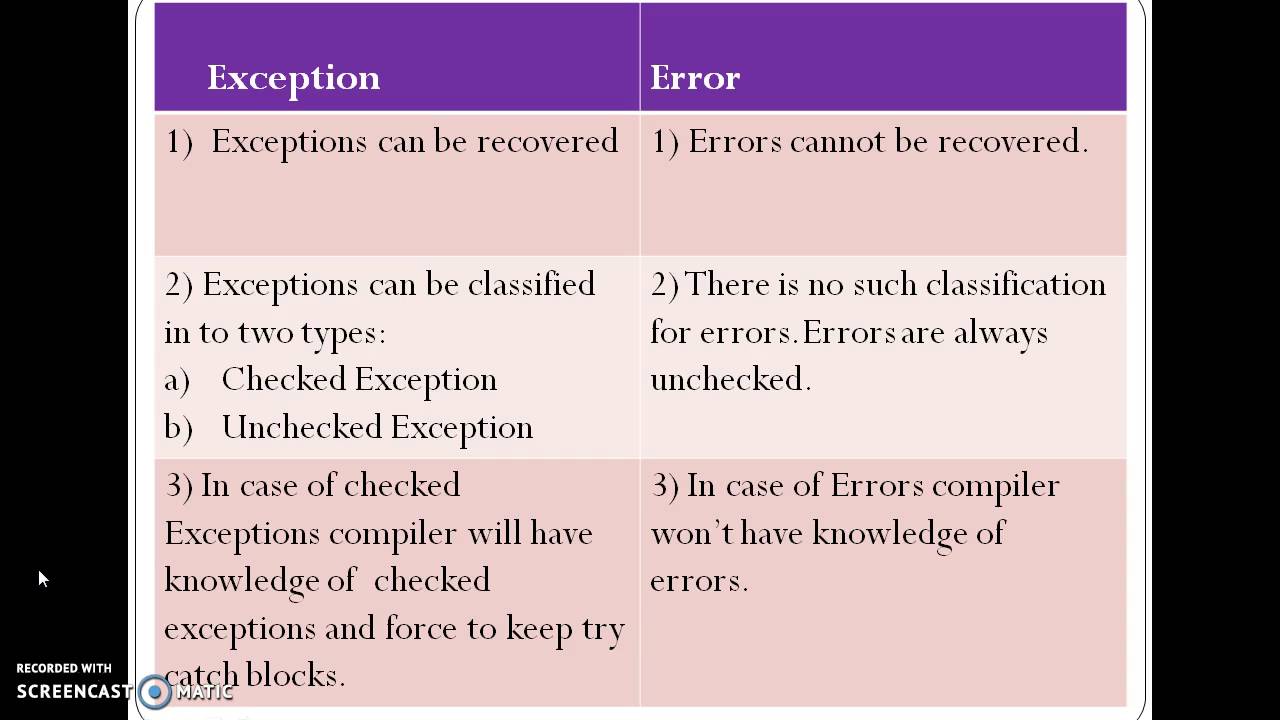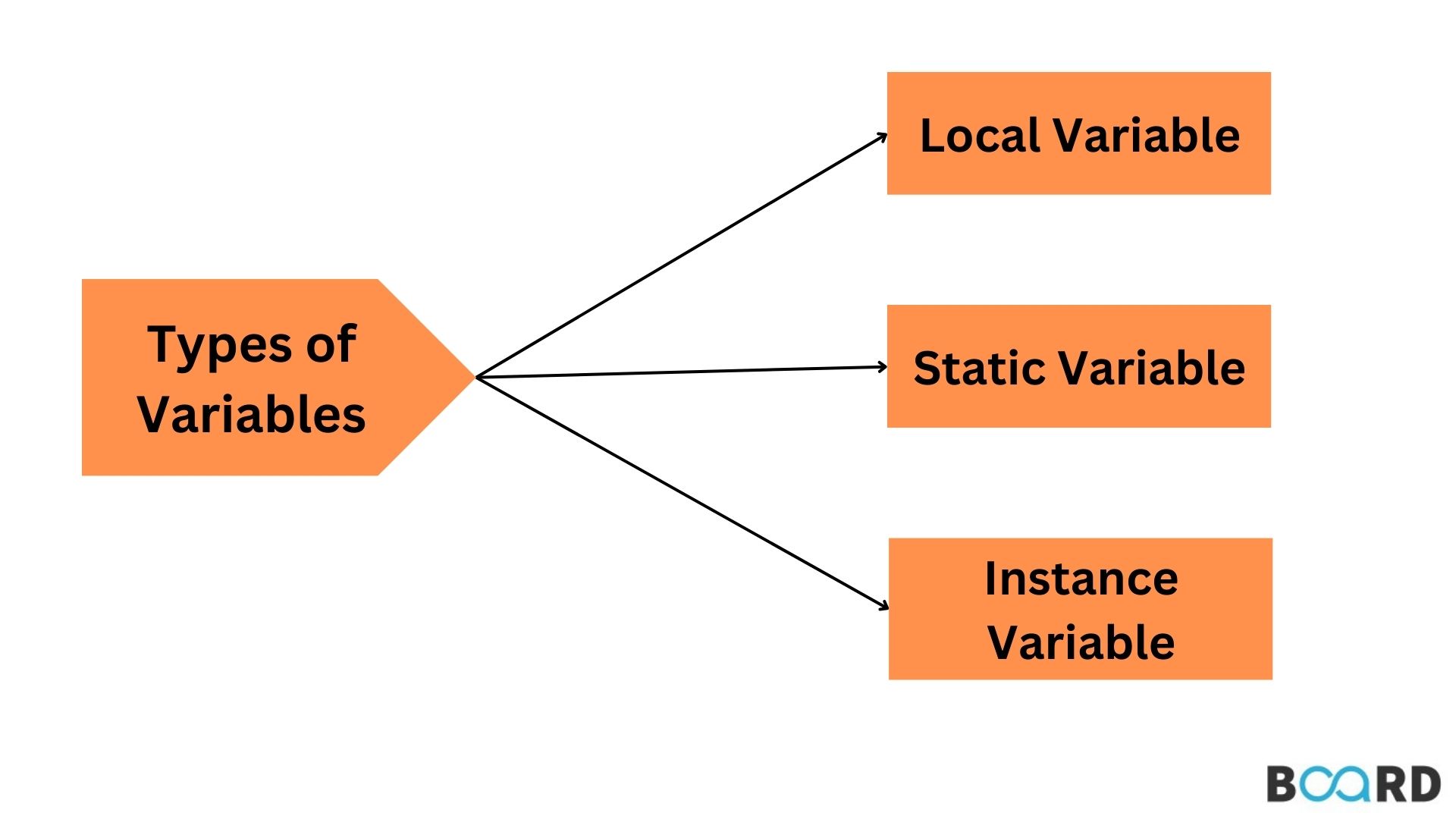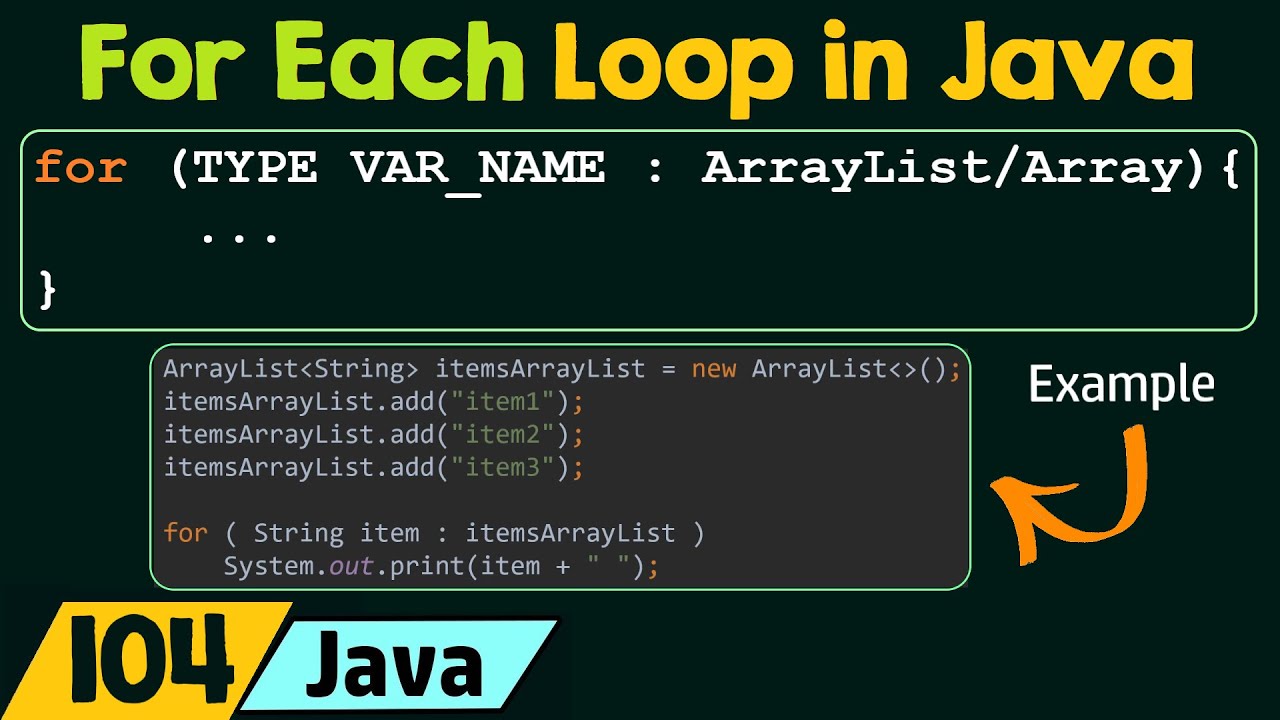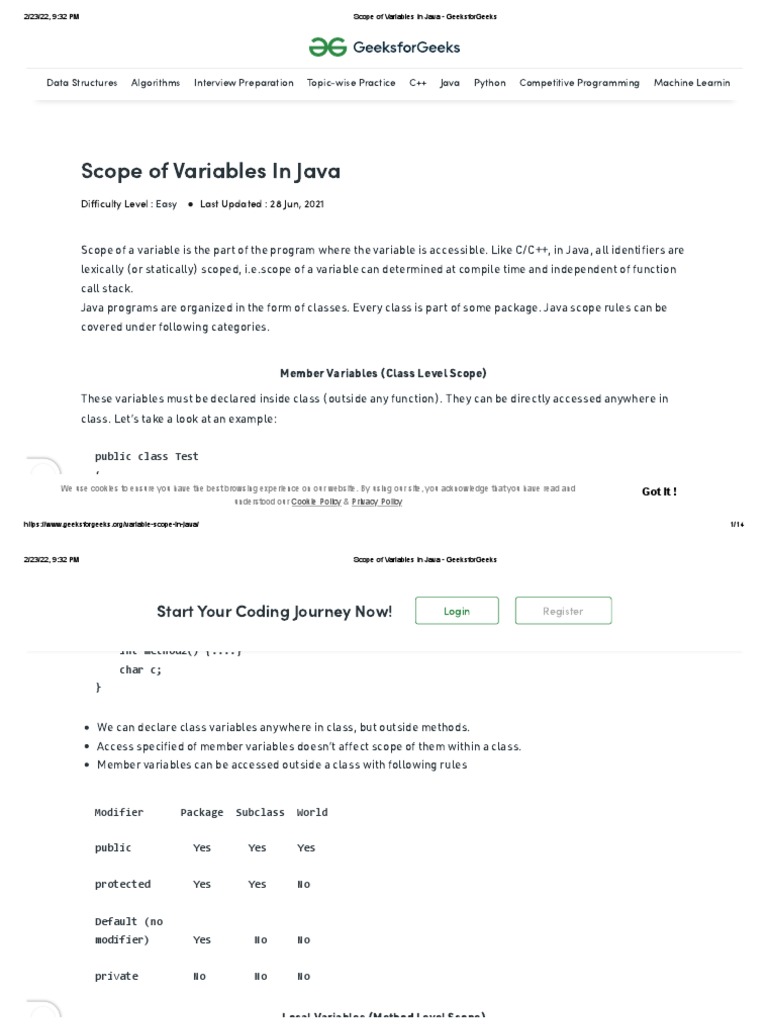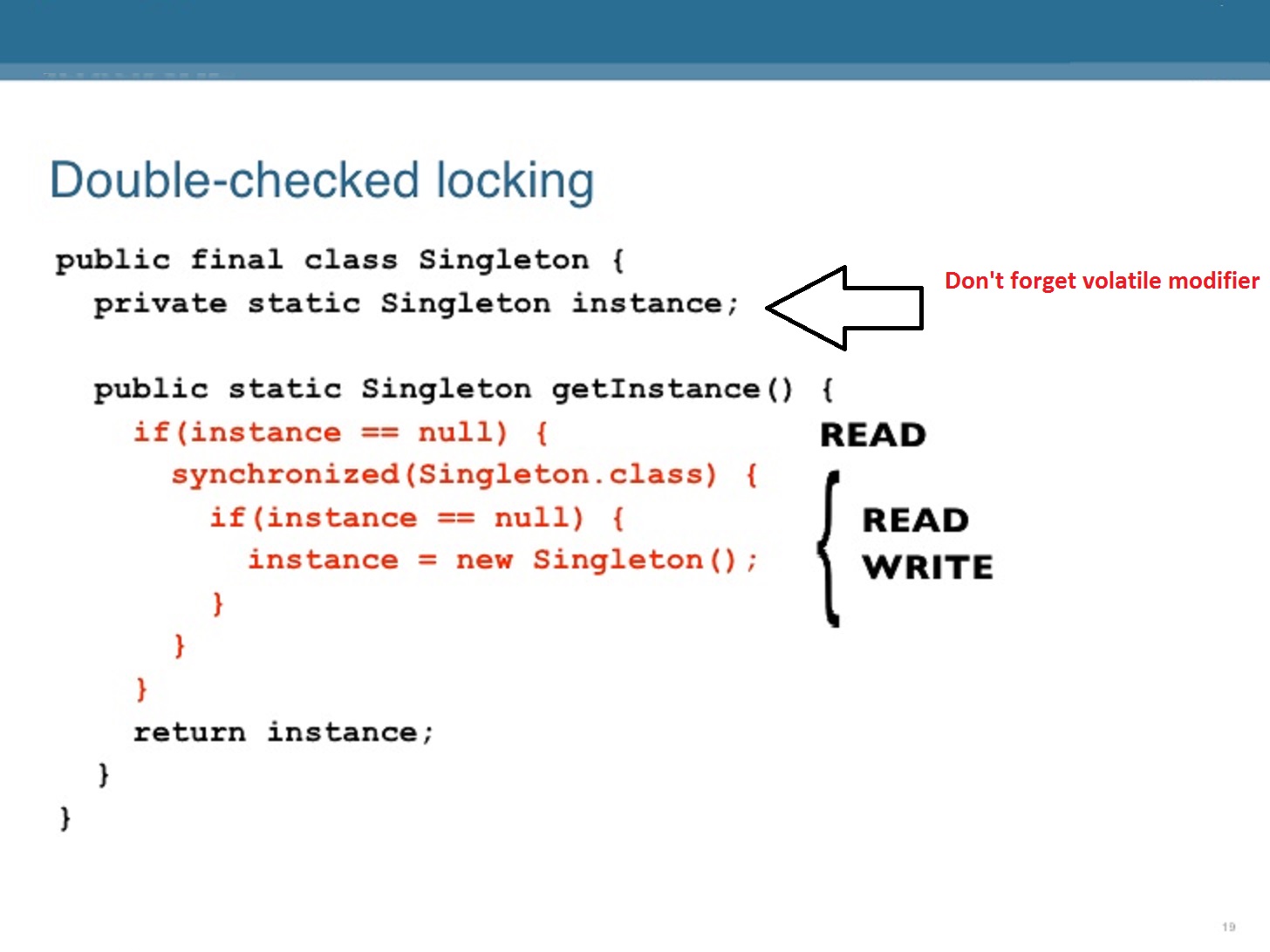What is a decorator pattern in Java?
What is a decorator pattern in Java?
I'm glad you asked!
The Decorator Pattern is a design pattern that allows behavior to be added to an object, either statically or dynamically, without affecting the existence of the object's external interface. This can be achieved by wrapping an object with another object that contains additional functionality. In Java, this pattern is particularly useful when you need to modify the behavior of an existing class without altering its underlying structure.
A Decorator in Java is a special kind of subclass that "wraps" or "decorates" an instance of another class. The decorated object inherits all the methods and properties from the original object but can also add new ones or override the originals. This way, you can dynamically modify the behavior of an existing object without affecting its external interface.
Let's consider a simple example: imagine you have a coffee shop that offers various types of coffee drinks. Initially, you start with just plain old coffee beans, which represent the basic class "Coffee." Now, let's say you want to offer flavored coffees like vanilla, hazelnut, or caramel. To achieve this without modifying the underlying coffee bean structure, you can create decorator classes for each flavor that "wrap" around the original Coffee class.
Here is an example implementation in Java:
// The basic Coffee class
public abstract class Coffee {
public abstract String getDescriptiveName();
}
// The concrete Decorator class: FlavoredCoffee
public abstract class FlavoredCoffee extends Coffee {
private Coffee coffee;
public FlavoredCoffee(Coffee coffee) {
this.coffee = coffee;
}
public String getDescriptiveName() {
return coffee.getDescriptiveName() + " with " + getFlavor();
}
// Abstract method to get the flavor name
protected abstract String getFlavor();
}
// Concrete Decorator class: VanillaCoffee
public class VanillaCoffee extends FlavoredCoffee {
public VanillaCoffee(Coffee coffee) {
super(coffee);
}
@Override
public String getFlavor() {
return "vanilla";
}
}
// Concrete Decorator class: HazelnutCoffee
public class HazelnutCoffee extends FlavoredCoffee {
public HazelnutCoffee(Coffee coffee) {
super(coffee);
}
@Override
public String getFlavor() {
return "hazelnut";
}
}
Now, let's say we want to create a plain old coffee: Coffee c = new Coffee();. The output will be simply "Coffee".
Next, let's add some flavor: VanillaCoffee vCoffee = new VanillaCoffee(c);, and the output becomes "Coffee with vanilla".
If we then wrap this flavored coffee with hazelnut, we get: HazelnutCoffee hCoffee = new HazelnutCoffee(vCoffee);, resulting in "Coffee with vanilla and hazelnut".
As you can see, we've successfully added flavor to our original coffee without altering the underlying structure of the Coffee class. This is the power of the Decorator Pattern!
In Java, decorators are often used in conjunction with interfaces, as they provide a way to dynamically modify the behavior of an object at runtime without affecting its external interface.
I hope this explanation has been helpful!
Design patterns in Java
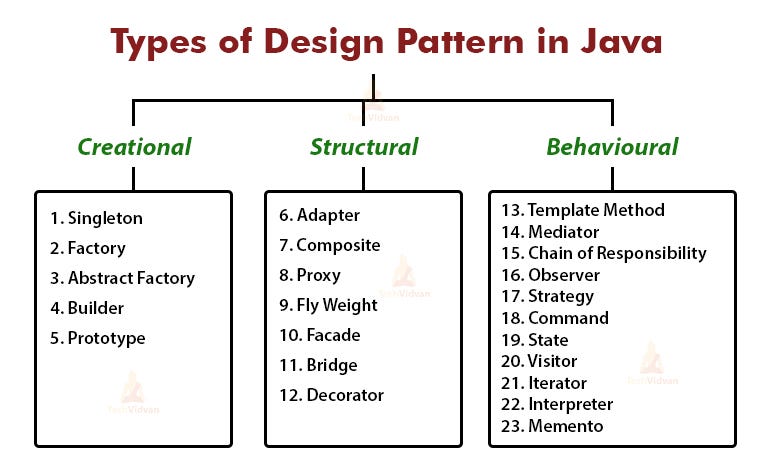
I'd be happy to help!
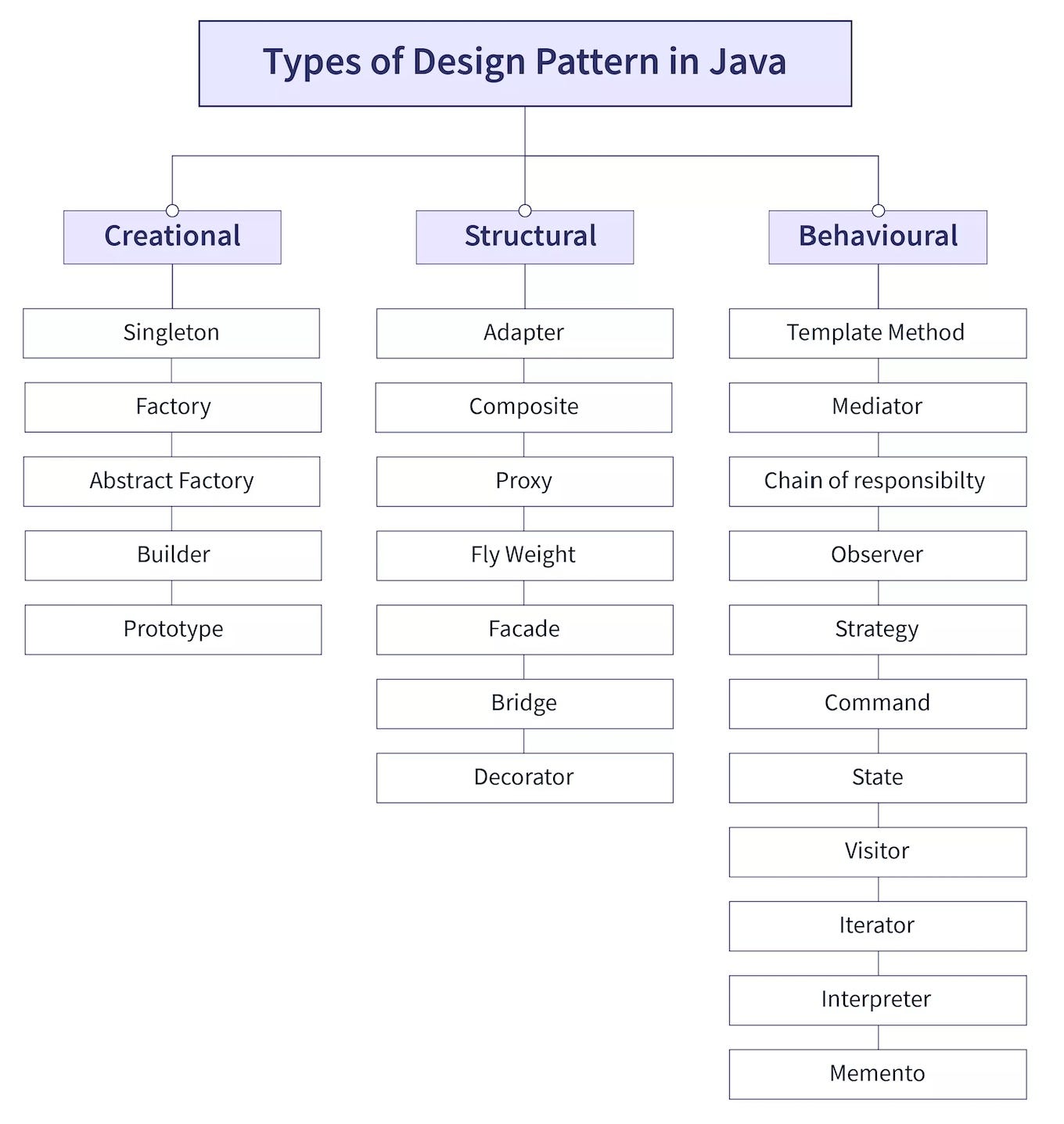
What are design patterns in Java?
Design patterns in Java are reusable solutions to common problems that arise during software development. They provide a proven, standardized approach to solving recurring design issues, making it easier for developers to create robust, maintainable, and efficient code. Design patterns can be applied to various aspects of software development, such as:
Object creation: Creating objects in a way that is flexible, reusable, and easy to understand. Class relationships: Defining how classes interact with each other, including inheritance, composition, and aggregation. Behavior: Specifying how objects behave, including communication, collaboration, and synchronization.Types of design patterns
There are various types of design patterns in Java, categorized into three main groups:
Creational patterns: These patterns deal with object creation, such as: Singleton: Ensuring a single instance of a class is created. Factory: Providing an interface for creating objects without specifying the exact class. Abstract factory: Creating families of related or dependent objects. Structural patterns: These patterns focus on composing objects from smaller ones, including: Adapter: Transforming one object into another to work with incompatible interfaces. Composite: Combining multiple objects into a single unit. Bridge: Decoupling an abstraction from its implementation. Behavioral patterns: These patterns address the behavior of objects, such as: Observer: Notifying observers when an object's state changes. Strategy: Defining a family of algorithms that can be used interchangeably.Examples and implementations
Here are some examples and their implementations in Java:
Singleton pattern: Implementing a singleton using the "double-checked locking" approach:public class Singleton {
private static volatile Singleton instance = null;
public static Singleton getInstance() {
if (instance == null) {
synchronized (Singleton.class) {
if (instance == null) {
instance = new Singleton();
}
}
}
return instance;
}
private Singleton() {}
}
java.util.Observer interface:
public class Subject {
private List observers = new ArrayList<>();
public void addObserver(Observer o) {
observers.add(o);
}
public void notifyObservers() {
for (Observer o : observers) {
o.update();
}
}
}
public interface Observer {
void update();
}
Benefits and best practices
Design patterns in Java can provide numerous benefits, including:
Improved code reusability: Design patterns promote the reuse of existing code, reducing the overall size and complexity of your program. Easier maintenance: With design patterns, you can easily modify or extend specific parts of your code without affecting other areas. Enhanced scalability: Well-designed pattern-based systems are better equipped to handle increased loads and complexities as your application grows.Best practices for using design patterns in Java include:
Understand the problem: Before applying a design pattern, thoroughly understand the problem you're trying to solve. Choose the right pattern: Select a pattern that aligns with your specific requirements and constraints. Test and iterate: Thoroughly test and refine your implementation as needed.By incorporating design patterns into your Java development workflow, you can create robust, maintainable, and efficient code that scales well and is easier to understand.
